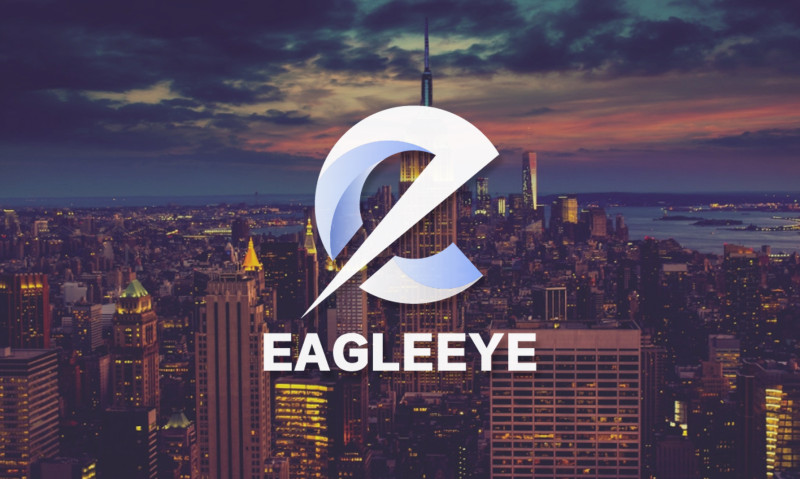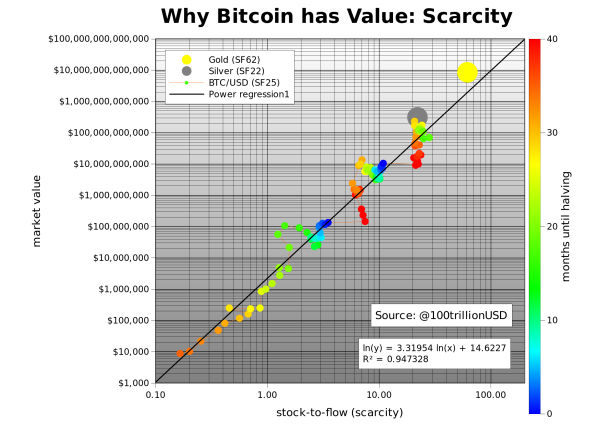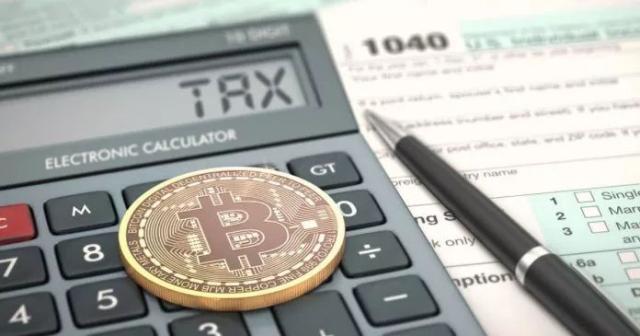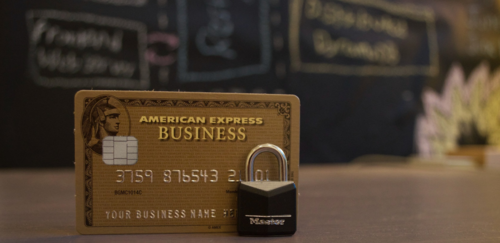EAGLEEYE COIN: Prospects for the Application of Blockchain Technology in the Field of Internet of Things
Abstract: The application of blockchain technology in the field of Internet of Things (IoT) is promising and can provide a secure, trustworthy and efficient way of IoT data exchange and management. Through blockchain, decentralized data exchange and collaboration between IoT devices can be achieved, ensuring the authenticity and integrity of data. The combination of blockchain and IoT will promote the development and innovation of smart cities, smart homes and other fields.
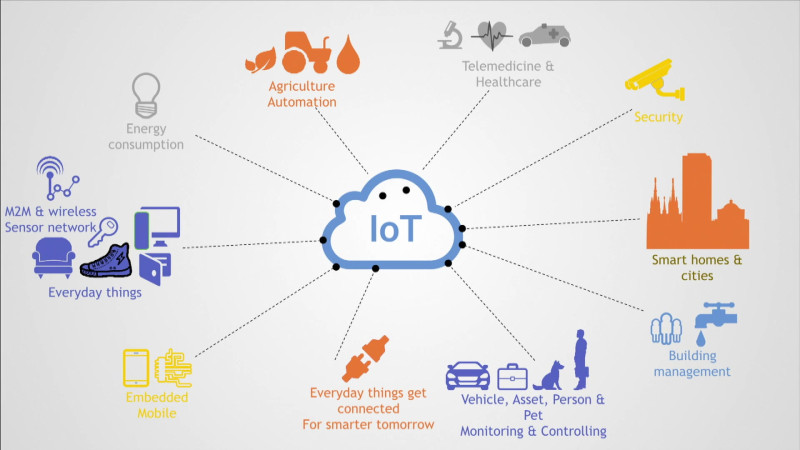
INTRODUCTION
With the rapid development of the Internet of Things (IoT), a large number of IoT devices are connecting and exchanging data. However, the traditional centralized data management approach has challenges of security and trustworthiness. Blockchain technology, as a decentralized distributed ledger with tamper-proof, transparent and secure features, provides a new solution for the IoT field. In this paper, we will explore the prospects of blockchain technology in the IoT field and support the viewpoints with real-life examples that are accessible and verifiable.
Decentralized data exchange and collaboration
Blockchain technology enables decentralized data exchange and collaboration between IoT devices. Traditional centralized data exchange methods need to rely on third-party intermediaries or central servers, with the risk of data tampering and single point of failure. With blockchain, on the other hand, IoT devices can directly exchange data on a peer-to-peer basis without an intermediary, thus improving the efficiency and security of data exchange. For example, the IOTA project provides a blockchain-based distributed ledger for data exchange and value transactions between IoT devices.
IOTA (Distributed Ledger for IoT): IOTA is an open source distributed ledger project specifically designed for data exchange and value transactions between IoT devices. It replaces the traditional blockchain by using a data structure called "tangle" to achieve high throughput and no transaction fees.IOTA's goal is to provide a secure, scalable and efficient data exchange platform for IoT devices.
Authenticity and integrity of data
Blockchain technology ensures the authenticity and integrity of IoT data. In blockchain, each data transaction is recorded in a tamper-proof block and verified by cryptographic algorithms. This means that no one can tamper with the data that has been written to the blockchain, thus ensuring the trustworthiness of the data. In addition, the distributed nature of blockchain also makes data backup and redundancy easier, increasing data reliability and availability. For example, the Waltonchain project utilizes blockchain technology to track and authenticate the identity and data of IoT devices, ensuring the authenticity and integrity of the data.
Waltonchain (IoT device identity tracking): Waltonchain is a blockchain-based project designed to track and authenticate the identity and data of IoT devices. By using blockchain technology, Waltonchain ensures the authenticity and integrity of device data and provides trusted device authentication. This project has made significant progress in supply chain management and IoT device tracking.
Advancing Smart Cities and Smart Homes
The combination of blockchain and IoT will drive development and innovation in areas such as smart cities and smart homes. Through blockchain technology, smart cities can achieve more efficient energy management, transportation management and public services. For example, Israel's CityZens project uses blockchain and IoT technology to optimize the city's transportation system, improve traffic efficiency and reduce congestion.
CityZens (Smart City Traffic Management): CityZens is an Israeli project that uses blockchain and IoT technology to optimize urban traffic systems. By recording traffic data on the blockchain and applying smart contracts to manage traffic flow and traffic signals, CityZens enables more efficient traffic management, reducing congestion and emissions.
And in the smart home sector, blockchain can provide secure device connections and data exchange, enabling interoperability and trust mechanisms between smart home devices. For example, the IOTW project provides a secure connection and data exchange platform for smart home devices through blockchain technology.
IOTW (Intelligent Home Device Connectivity and Data Exchange): IOTW is a project focusing on the smart home sector that utilizes blockchain technology to provide a secure connection and data exchange platform for smart home devices. By using blockchain's distributed ledger and cryptography algorithms, IOTW ensures secure and trustworthy data exchange between smart home devices, providing users with a better smart home experience.
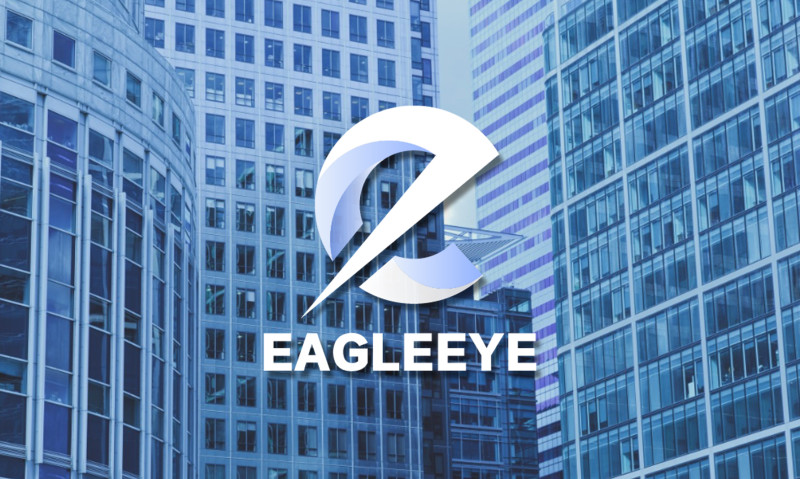
Conclusion
The application of blockchain technology in IOTW is promising. It can provide a secure, trustworthy and efficient way of IoT data exchange and management, ensuring the authenticity and integrity of data. Through the combination of blockchain and IoT, it can promote the development and innovation of smart cities, smart homes and other fields. Here are some real cases that validate the application of blockchain technology in IoT.
Disclaimer: The copyright of this article belongs to the original author. Reposting this article is solely for the purpose of information dissemination and does not constitute any investment advice. If there is any infringement, please contact us immediately. We will make corrections or deletions as necessary. Thank you.
